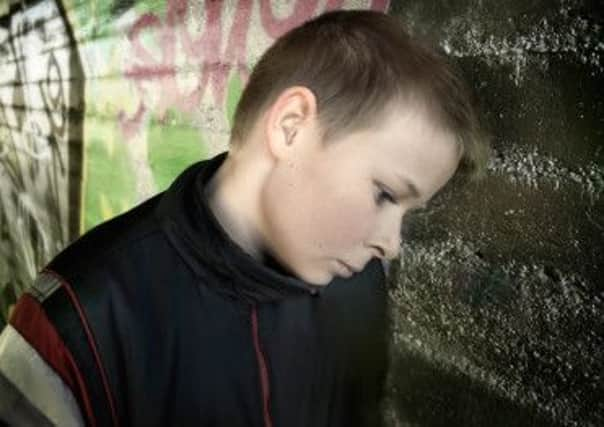Some kids under care orders in Mid Ulster stayed with parents who posed a threat


The shocking statistics, which represent a snapshot of one day in 2009, have just been released as part of research into child care undertaken by Queen’s University.
And the figures show how eight per cent of the total number of ‘looked after’ children at that time, remained in homes where they were found to have suffered, or were likely to suffer, harm.
Advertisement
Hide AdAdvertisement
Hide AdOf the 467 situations where this occurred, researchers said they examined 47 case files, half of which were from the Northern and Southern Trusts.


And from the young people involved in the study 89% were from families with a history of alcohol abuse, while 70% came from families with experience of domestic violence.
But lead researcher, Dr Dominic McSherry from the School of Sociology, Social Policy and Social Work at Queen’s, said there were multiple reasons why children under the care of social services may be living with their families of origin.
He said: “While some children in our study had a planned return home after parents had engaged in supports and completed assessments, many young people had returns that were not planned, as they initiated the move themselves, or previous foster placements had broken down and there were no alternative placements identified for them.
Advertisement
Hide AdAdvertisement
Hide Ad“Many of these young people essentially ‘voted with their feet’ and social services were required to ensure that they remained safe in often less than optimal circumstances.”
The research also showed that nearly half the young people in the study had at least one placement that had broken down, but for 64% of them the last placement home had remained stable.
A quarter oscillated within the system, returning to their parents more than once, while for 40% the care order stayed in place for several years.